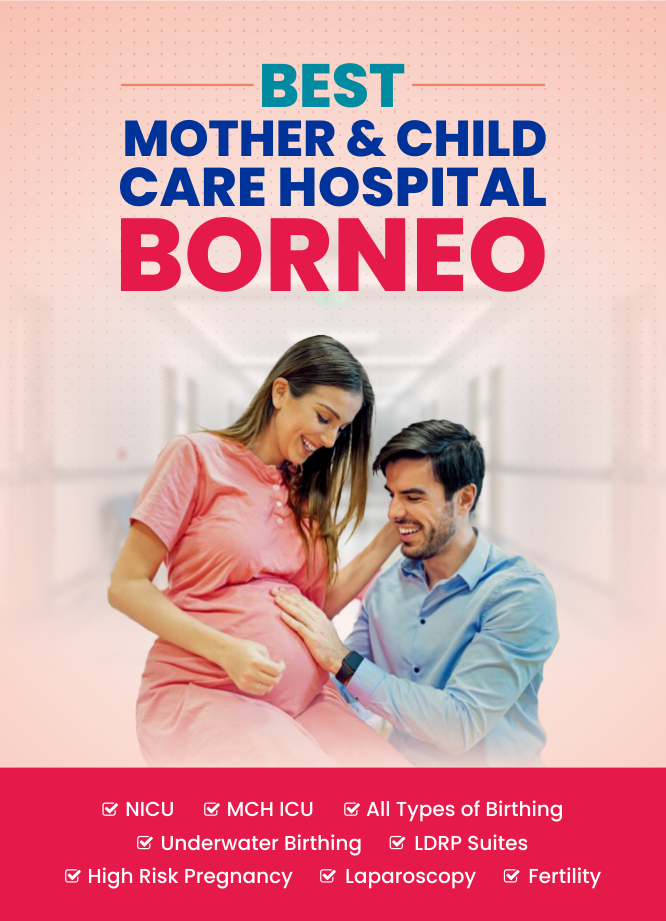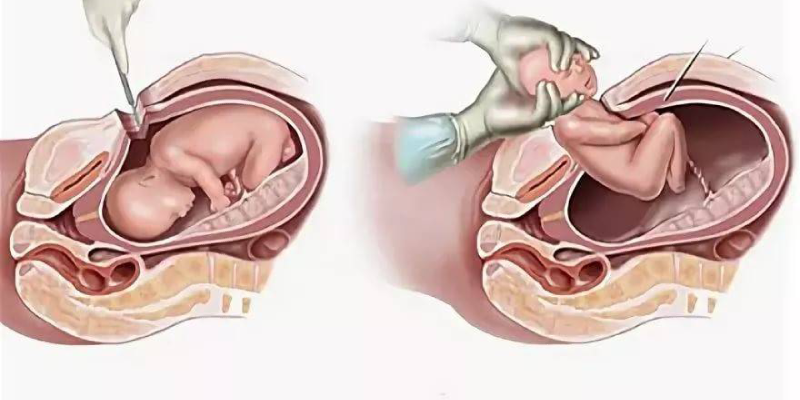Lower Segment Caesarean Section
Medical Reasons for a C-Section
- A c-section is a surgical procedure where your baby is delivered by making an incision in your abdomen and uterus.
- A c-section may be necessary to ensure the health and safety of you or your baby. In certain situations, a c-section is considered safer than vaginal birth.
- The expert consultants at Nimai's Borneo Mother and Child Hospitals may recommend scheduling a c-section if there are complications during pregnancy that increase the risks associated with vaginal birth.
- If your pregnancy is progressing well and there are no medical indications for a c-section, it is generally recommended to give birth vaginally.
What is a C-section ?
A c-section, short for cesarean birth, is a surgical procedure where your baby is delivered by making an incision in your abdomen and uterus. In certain cases, a c-section is considered safer than vaginal birth, especially if you have specific medical conditions that can affect your pregnancy and the health of your baby.
A c-section can be planned or it can be an emergency. A planned c-section means you and your healthcare provider decide on a specific date for the surgery based on your health condition and your baby's condition. An emergency c-section is performed immediately when there is a risk to your health or your baby's health.
If there are medical reasons to schedule a c-section, it is recommended to wait until at least 39 weeks of pregnancy. This allows your baby enough time to grow and develop before birth. It's important to remember that scheduling a c-section should only be done for medical reasons.
What are the medical reasons for a c-section ?
You may need a c-section if there are complications that can make vaginal birth unsafe for you or your baby. Here are some examples:
- Complications during pregnancy: If you've had a previous c-section or surgeries on your uterus, the risk of complications increases with each c-section. However, some women can have a vaginal birth after a c-section (VBAC).
- Placenta problems: Issues like placenta previa, where the placenta covers the cervix, can cause dangerous bleeding during vaginal birth. Since the placenta supplies the baby with nutrients and oxygen, a c-section may be safer in such cases.
- Infections: If you have infections like HIV or genital herpes, there is a risk of passing them to your baby during vaginal birth. Therefore, a c-section is considered safer.
- Medical conditionsy: Conditions like diabetes or high blood pressure can make vaginal birth risky. Diabetes can harm your organs, while high blood pressure can strain your heart and lead to complications during pregnancy.
- Multiple pregnancies: If you're carrying twins, triplets, or more, there may be complications that affect both the babies and the process of labor and birth.
- Labor difficulties: If your labor is slow, stops progressing, or your baby is very large, a c-section may be necessary. Similarly, if your baby isn't in the head-down position or there's an issue with the umbilical cord, a c-section can be safer.
- Distressed baby: If your baby isn't receiving enough oxygen or their heartbeat is irregular, a c-section may be performed.
- Birth defectss: In certain cases, if your baby has severe birth defects like hydrocephalus (fluid buildup in the brain), a c-section might be the best option.
These are some of the medical reasons that may necessitate a c-section. The experts here will assess your specific situation and determine the most appropriate method of delivery for you and your baby.
What are the possible risks of scheduling a c-section for non-medical reasons?
Scheduling a c-section without medical reasons can pose risks for both you and your baby. One concern is that the estimated due date may not be entirely accurate. It can be challenging to determine the exact conception date. If a c-section is scheduled and the due date is off by a week or two, your baby may be born prematurely. Premature babies, born before the full term, can face more health issues at birth and throughout their lives compared to babies born at the right time. That's why it's crucial to wait until at least 39 weeks for a scheduled c-section. If your pregnancy is healthy, it's best to let labor begin naturally.
If your healthcare provider discusses scheduling a c-section, it's important to ask if it can be postponed until at least 39 weeks. This allows your baby's lungs and brain to fully develop before birth. However, if there are complications in your pregnancy or concerns about your baby's health, there may be a need for an earlier delivery. In such cases, your provider may recommend an early c-section if the benefits outweigh the risks. It's essential to remember that scheduling a c-section before 39 weeks should only be considered if there are specific health issues affecting both you and your baby.
If your healthcare provider suggests scheduling a c-section, ask these questions:
- Why do I need to have a c-section?
- Is there a health issue with me or my baby that requires an earlier delivery, or can we wait closer to 39 weeks?
- What potential problems can a c-section pose for both me and my baby?
- What can I expect during my recovery after the c-section?
- Will I be able to have a vaginal birth in future pregnancies?
Asking these questions will help you get a deeper insight about the reasons behind the recommendation and the possible implications for you and your baby. It's important to have open communication with your provider to make informed decisions about your birth plan.


